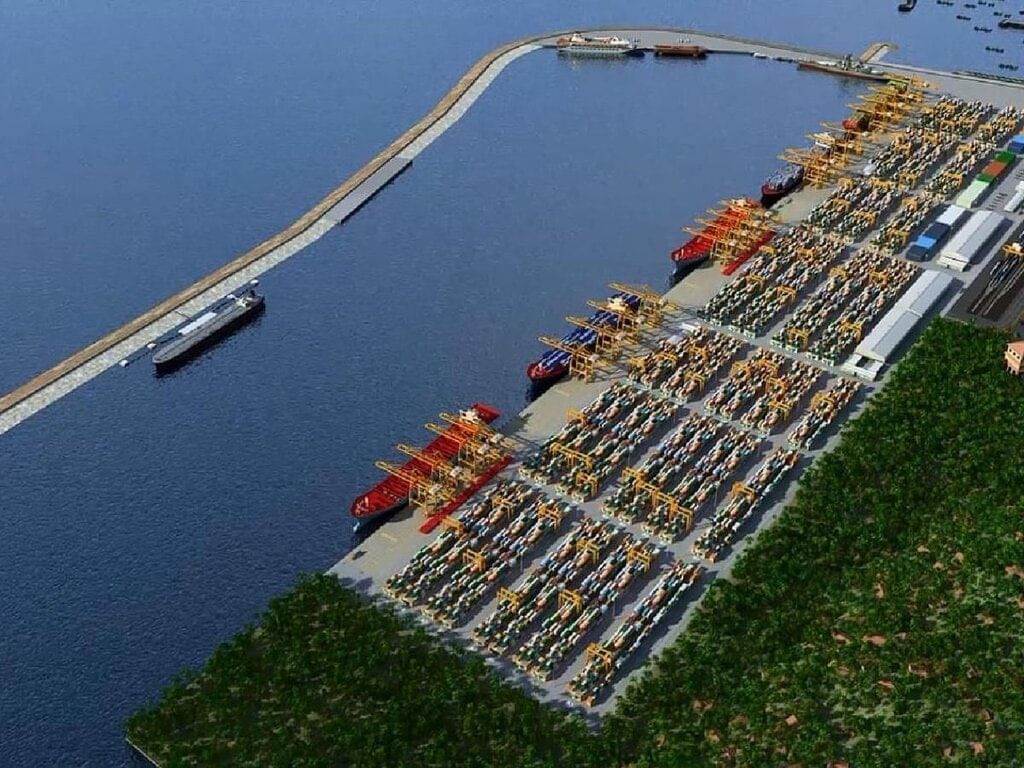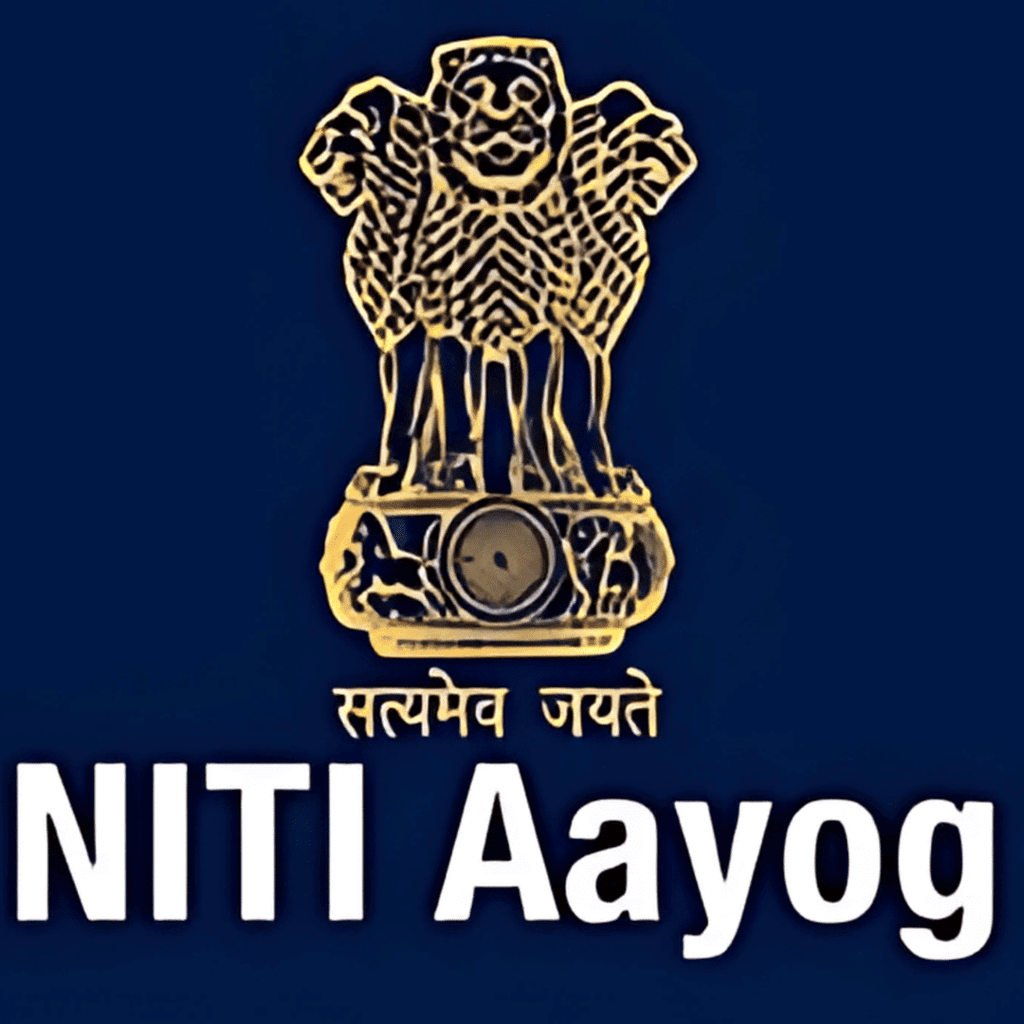UPSC Exam > UPSC Notes > PIB (Press Information Bureau) Summary > PIB Summary - 3rd May, 2025
PIB Summary - 3rd May, 2025 | PIB (Press Information Bureau) Summary - UPSC PDF Download
Prime Minister Shri Narendra Modi dedicates Vizhinjam International Seaport in Kerala worth ₹8,800 crore to the nation

Introduction to Vizhinjam Port
- Vizhinjam Port is India’s first dedicated container transshipment port, built at a cost of ₹8,800 crore.
- It is strategically located near a busy international sea route, giving it a maritime advantage.
- The port has a natural draft of about 20 meters, allowing it to accommodate ultra-large cargo vessels.
- The port aims to reduce India’s dependence on foreign transshipment hubs like Colombo, Singapore, and Port Klang.
- It is expected to triple transshipment capacity in the coming years, leading to lower freight costs and foreign exchange savings.
Importance of Vizhinjam Port
- Currently, 75% of India’s transshipment occurs at foreign ports. Vizhinjam Port is a step towards reversing this trend and will serve as a crucial gateway for international trade.
- The port will enhance the global competitiveness of Indian goods, improve logistics performance, and contribute to a better trade balance and export efficiency.
Integrated Infrastructure Development
- Vizhinjam Port is developed under the Sagarmala Programme, which aims to modernize port infrastructure, improve port-linked industrialization, and enhance coastal community development.
- The port is linked with the PM-Gati Shakti Master Plan to ensure multi-modal connectivity through rail, road, waterways, and air.
- Port infrastructure is integrated with national logistics networks for faster turnaround and last-mile connectivity.
Efficiency Improvements and Global Standing
- Over the past decade, the turnaround time at major Indian ports has improved by 30%, allowing India to handle more cargo in less time, which boosts economic productivity.
- Two Indian ports are now among the top 30 globally, and India has improved its position in the Logistics Performance Index.
Public-Private Partnership and Investment
- Vizhinjam Port is developed through a Public-Private Partnership (PPP) model, attracting substantial private investment.
- This model encourages technological innovation and ensures that ports are future-ready and globally competitive.
Employment and Industrial Development
- The port is expected to create a shipbuilding and repair cluster in Kochi, generating thousands of direct and indirect jobs and benefiting local communities.
- It will strengthen the MSME (Micro, Small, and Medium Enterprises) ecosystem, particularly for businesses involved in marine supplies, logistics, and ancillary services.
Maritime Amrit Kaal Vision and Global Corridors
- Vizhinjam Port is part of India’s Maritime Amrit Kaal Vision, a long-term strategy for maritime growth.
- Kerala is positioned as a key link in the India-Middle East-Europe Economic Corridor (IMEEC), enhancing India’s strategic role in global maritime trade corridors.
Seafarer Reforms and Capacity Building
- There have been regulatory reforms in the maritime workforce, with the number of registered Indian seafarers increasing from 1.25 lakh in 2014 to 3.25 lakh in 2024.
- India ranks among the top three countries globally for its seafarer workforce.
Broader Infrastructure Development in Kerala
- Kerala is undergoing holistic infrastructure upgrades, including the completion of delayed projects like the Kollam Bypass and Alappuzha Bypass, and enhanced rail and air connectivity such as the introduction of Vande Bharat trains.
Coastal Economy and Blue Revolution
- The focus is on fishermen welfare through schemes like the Pradhan Mantri Matsya Sampada Yojana and the Blue Revolution.
- Fishing harbours such as Ponnani and Puthiyappa are being modernized, and Kisan Credit Cards are being provided to fishermen for better financial inclusion.
Historical and Civilizational Context
- Kerala has a rich history as a maritime trade hub, connecting India with West Asia and Europe. Revitalizing port infrastructure is a way to restore India’s ancient maritime glory and cultural outreach.
NITI Aayog Releases Report on “Enhancing Competitiveness of MSMEs in India

Context and Purpose of the Report
- Released by NITI Aayog in collaboration with the Institute for Competitiveness (IFC).
- Provides a comprehensive blueprint to enhance the competitiveness of Micro, Small and Medium Enterprises (MSMEs) in India.
- Uses firm-level data and Periodic Labour Force Survey (PLFS) to analyse ground-level challenges and opportunities.
Relevance: GS 2 (Governance), GS 3 (Indian Economy)
Focus Areas
- Targets four priority sectors:
- Textiles and Apparel
- Chemical Products
- Automotive
- Food Processing
- Seeks to address both common structural issues and sector-specific challenges.
Key Challenges Identified
1. Limited Access to Formal Credit
- 2020–2024 Trends:
- Micro & Small Enterprises: Increased from 14% to 20%
- Medium Enterprises: Increased from 4% to 9%
- Current Status:
- Only 19% of MSME credit demand was met by FY21.
- Estimated Credit Gap: ₹80 lakh crore.
- CGTMSE (Credit Guarantee Fund Trust for MSEs):
- Expanded in recent years but faces implementation constraints.
- Requires restructuring and institutional collaboration for greater reach.
2. Skill Shortages
- Majority of the MSME workforce lacks formal technical or vocational training.
- Resulting in low productivity and limited scalability.
3. Low Investment in R&D and Innovation
- Impedes quality improvements and access to global markets.
4. Technology Adoption Barriers
- Issues such as poor electricity supply and inadequate digital infrastructure.
- High implementation costs and low awareness of technology support schemes.
5. Marketing and Branding Limitations
- Weak outreach and branding strategies, particularly in rural areas and cluster-based MSMEs.
Policy and Governance Gaps
- Low awareness of central and state schemes.
- Gaps in implementation and data integration.
- Weak stakeholder engagement at the grassroots level.
Recommendations by the Report
1. Credit Access
- Revamp CGTMSE with more targeted and inclusive financial products.
- Improve credit assessment mechanisms using data-driven tools.
2. Skill Development
- Strengthen linkages between MSMEs and skilling institutions.
- Promote industry-specific upskilling, especially for informal workers.
3. Technology Modernization
- Upgrade outdated machinery through cluster-based schemes.
- Incentivize R&D and tech adoption via state-level grants and subsidies.
4. Market Access and Digital Integration
- Training in digital marketing and e-commerce platforms.
- Partner with logistics providers to streamline supply chains.
- Develop direct market linkage platforms for remote regions.
5. Policy Revamp
- Cluster-based, state-level policy frameworks with adaptive design.
- Emphasize monitoring, data integration, and state capacity building.
- Special attention to MSMEs in northeast and eastern India for inclusive development.
Significance for India’s Economic Growth
- MSMEs contribute approximately 30% to GDP and 45% to exports.
- Reforms have the potential to transform MSMEs into engines of growth for:
- Employment generation
- Export competitiveness
- Innovation-led growth
The document PIB Summary - 3rd May, 2025 | PIB (Press Information Bureau) Summary - UPSC is a part of the UPSC Course PIB (Press Information Bureau) Summary.
All you need of UPSC at this link: UPSC
FAQs on PIB Summary - 3rd May, 2025 - PIB (Press Information Bureau) Summary - UPSC
| 1. What are the key features of the Vizhinjam International Seaport? |  |
Ans. The Vizhinjam International Seaport is designed to enhance India's maritime trade capabilities. Key features include a deep-water harbor, advanced cargo handling facilities, and strategic location for international shipping routes. The port is expected to handle larger vessels, improving trade efficiency and boosting the local economy.
| 2. What is the significance of the ₹8,800 crore investment in the Vizhinjam International Seaport? |  |
Ans. The ₹8,800 crore investment signifies a major commitment to enhancing India's infrastructure and boosting economic growth. It is expected to create thousands of jobs, stimulate local businesses, and position India as a key player in global maritime trade, thus contributing to the overall development of the region.
| 3. How will the Vizhinjam International Seaport impact local communities in Kerala? |  |
Ans. The seaport is expected to positively impact local communities by creating job opportunities, fostering economic growth, and improving connectivity. Increased trade activity will lead to better infrastructure and services in the area, benefiting residents through enhanced living standards and access to markets.
| 4. What role does NITI Aayog play in enhancing the competitiveness of MSMEs in India? |  |
Ans. NITI Aayog plays a crucial role in formulating policies and strategies aimed at improving the competitiveness of Micro, Small, and Medium Enterprises (MSMEs) in India. By releasing reports and recommendations, it helps identify challenges faced by MSMEs and suggests measures to enhance their productivity, innovation, and access to finance.
| 5. What are the expected benefits of the report released by NITI Aayog on MSMEs? |  |
Ans. The report by NITI Aayog is expected to provide insights and actionable strategies for improving the performance of MSMEs. Benefits include enhanced access to funding, better regulatory frameworks, increased market access, and support for innovation. These measures aim to strengthen the MSME sector, which is vital for economic growth and job creation in India.
Related Searches





















